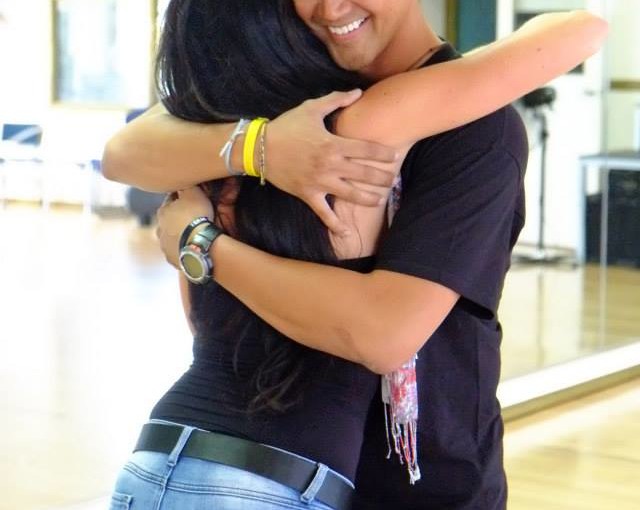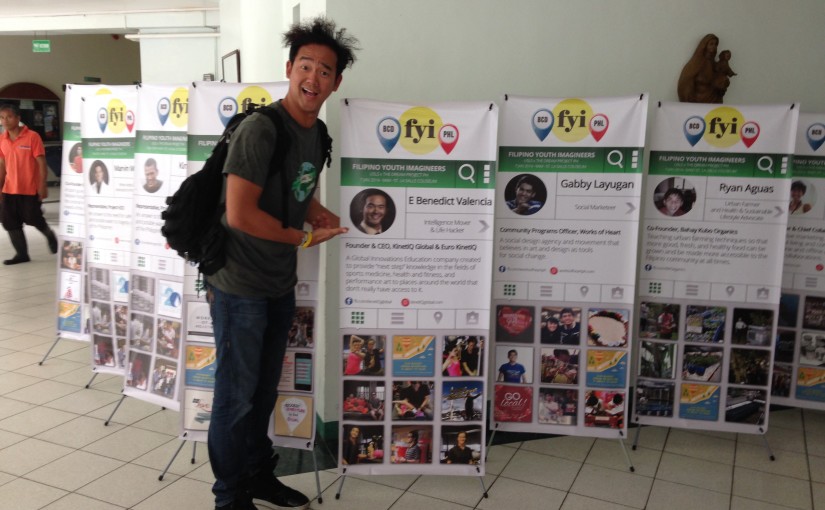In my previous post I talked about how I always start any of my speaking engagements, whether I’m in front of five or one-thousand two-hundred twenty five, by starting with three (3) things — #GRATITUDE, followed by a #SELFIE, ending with #HUGS. I wrote about gratitude, which some of my friends and colleague have called “my” thing, and explained why it’s an integral part of human life that should be given more often, with science to back up my claim. Today, I speak about #HUGS, highlighting most of the post I put up a few months ago on another blog site that I felt needed to be repeated because more people need to give it and receive it (HUGS), and once again, with a bit of science to back it up on why. That doesn’t mean that a post on #SELFIES would be skipped entirely, it’s just been a bit more difficult to find some scientific facts behind it 
Hugs – we see these thrown all the time. From mothers to daughters, fathers to mothers, friends to friends and even athletes to fellow athletes! Hugs feel great. They are a symbol of acceptance, of congratulations and ultimately, of affection. But why exactly do they feel so great? What’s really happening within your brain when you give and receive a hug? We go deep inside our central nervous system to understand the basic neuroscience behind hugs to hopefully understand why we need to give more of them more often.
The Brain Distinguishing Touches. The power of interpersonal touch and connection has been made evident in many different studies through the years, including a recently concluded 75-year Harvard study that found that strong relationships to be far and away the strongest predictor of life satisfaction. The Grant Study, as it was called, provides strong support for the growing body of research that has linked social ties with longevity, lower stress levels, and improved overall well being. Apparent in this and other studies is the finding that humans do not treat all kinds of touches equally. This means an athlete hugging an object – a helmet or a ball – in consolation to having lost a game won’t really feel the same as when he/she huddles with other teammates, who share the same sentiments he/she does at that moment in time. This is mostly due to the neurotransmitters (NTs) that are being released in the brain during the act of hugging, as ff:
1. Oxytocin is often considered the most amazing molecule in the world. It is the neurotransmitter that encourages bonding which also gives it the name “The Love Molecule” and is linked to social adhesion and to the strengthening of trust between two people or among several people hugging. That, and the fact that it is easy to get, reduces social fears, and helps in wound healing, amongst other things, makes it a truly valuable part of being human.
2. Serotonin is the neurotransmitter that elevates the mood. It decreases anxiety as well as the feeling of loneliness. This is also present in anti-depressants such as SSRIs or Selective Serotonin Re-uptake Inhibitors.
3. Dopamine increases the feelings of warmth, pleasure, reward and motivation. It is the central in addiction and it is also what floods through the brain during eating, sex, drug use or anything that is considered pleasurable.
The release of these neurotransmitters is often due to a decrease in the activity of the HPA or Hypothalamus/Pituitary Gland/Adrenal axis, which is known to respond to fear, stress and pain, increase breath rate, increase heart rate, promote sweating, dry mouth, prompt constipation (Yikes!)
Human touches are known to decrease, even reverse, all those mentioned above.They can also decrease pain perception and calm fears. Now, it’s not so much of a wonder why teams usually huddle before and after setting out to the field, is it? Even just a simple pat on the back already does so much as to prevent days of depression from a lost game.
How do we measure all of this? An easy way to measure all this is through the hormone known as Cortisol. This hormone is closely associated with stress and is also one end result of the HPA activation. Many of the studies have shown that there has been a significant decrease in the body’s production of cortisol between people in contact with each other.
Remember When…Think of that time when you were yet a small kid and were hurt or sick. Just having your mother, father, or even a teacher or nurse hold you and give you comforting words already made you feel so much better, right? That relief and comfort we used to get doesn’t really disappear as we grow to become adults. We just become more guarded, complicated, and sometimes judgmental due to the cultures and expectations linked to being an “adult”. Hence, instead of looking for our moms or dads when we become scared or hurt, we turn to other people, substances or objects to feel that same sentiment.
The Hug Deli @Burning Man 2013. Where I began my HUG journey began: A wonderful little kiosk that served up a variety of fresh hugs daily–day and night.So in conclusion, after this semi-scientific and semi-emotional editorial, I hope those of you reading this find yourselves wanting to give and receive hugs to all those who you know that need them. Whether it’s to a pet, a troubled friend, a stressed-looking co-worker, or even a stranger (but make sure not to be sketchy), it doesn’t matter. And if they ever suspect your intention, then simply do a lengthy discussion about oxytocin, dopamine, serotonin, and the cortisol. Before you even finish, they would already have forgotten about their problem, probably laugh at how geeky you are, and just call you a nerd and smile. And getting that smile makes is all worth it 
Ready to give out and receve some hugs? Here’s a simple, step-by-step technique on giving hugs, as described by my friend and AFest 2013 Ru-mi, Bryan Reeves, from the Daily Love at http://thedailylove.com/how-to-give-a-great-hug/.
- Hug like you mean it
- Be willing to be vulnerable. Open your arms
- Close your eyes
- Breathe into the embrace
- Lean into the embrace
- Squeeze, but don’t suffocate
- Just BE with the person you’re embracing
- Let go. Smile. Breathe.
- Bonus Technique for the ambitious – the Massage Hug!
Now get out there and start giving and receiving HUGS!
Now wasn’t that worth a few minutes of your time? Stay tuned for more feel good stories, scientific yet emotional editorials, and cool profiles of people, places, food, dancing, and selfies right here on Live Life Beyond Medyo: An Epic Journey, by me, E









